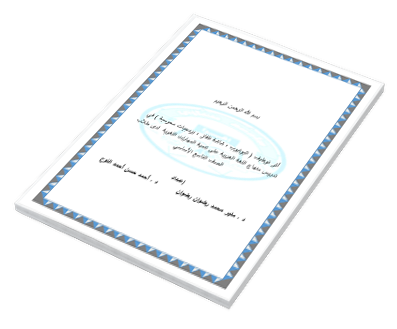The effect of employing (YouTube, TV screen, computerized software) in teaching the Arabic language curriculum on the development of language skills for ninth grade students
DOI:
https://doi.org/10.37376/fesj.vi7.660Abstract
The Study aimed to explore the impact of utilizing YouTube, TV screens, and computerized software in teaching the Arabic language curriculum on the development of language skills among the basic ninth grade students.
In order to achieve the Study objective, the Researcher has used the descriptive, analytical and quasi-experimental approaches. Four data gathering and analysis devices were employed to answer the Study questions and hypotheses, which constitute in the reading skills observation card, listening skills test, oral expression observation card, as well as the writing skills test. These tools were applied to the Study sample, which totalled 76 students belonging to the basic ninth grade students, who were randomly and simply selected.
Most important findings of this Study were: to identify a list of appropriate language skills for the basic ninth grade students; statistically significant differences between the average scores of the experimental group students who learn through YouTube, TV screens and educational software were found; and the average scores of students of the control group who are learning in the usual way of the four Study tools in the post-application, for the benefit of the experimental group students.
The most important recommendations of the Study were: Paying attention to the teaching of language skills for students at all stages of education; activating the use of YouTube video and audio footage in teaching the curriculum of the Arabic language on account of its effectiveness in the educational process, in addition to providing the requisite devices, accessories and technologies needed at schools for making use of innovations and technological programs.
Downloads

Downloads
Published
How to Cite
Issue
Section
License
Copyright (c) 2021 Faculty of Education Scientific Journal

This work is licensed under a Creative Commons Attribution-NonCommercial-NoDerivatives 4.0 International License.














